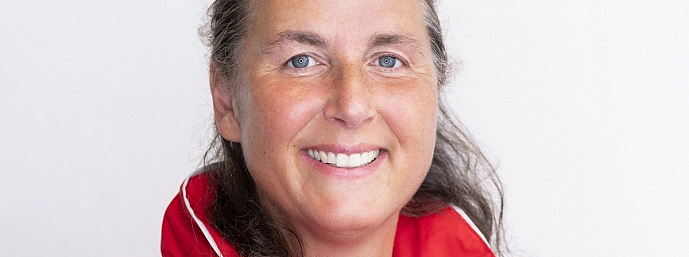One of my reasons for joining the Clipper Race to sail across the Atlantic, is to gain some idea of what travel was like for those for whom sea travel was the only form of transport. In an age where if you have the money (or a credit card) you can spend a few minutes online and buy a ticket to most corners of the world. Then by simply getting to an airport, sitting in an aircraft seat for a variable number of hours, and then hopefully picking up your luggage, you can be at your destination, with very little idea of the distance of your journey or an appreciation of its comparative ease.
Travelling around the globe, powered by sail alone, resets that perspective. One generation ago, my father travelled with his mother and siblings across the Atlantic in a Swedish freighter, in 1940, to escape the Blitz. In 1943, he with ten other 14 year old boys travelled back from New York to Liverpool on HMS Phoebe, following repairs to her torpedoed hull in the US, to join his father and go to senior school. By all accounts they were well looked after by the Navy, though he does remember torpedo watches, and muster station drills. Neither crossing was without its significant risk, and took a similar time to our sail powered venture. When my mum travelled to Vancouver Island, to work in 1953, the journey entailed 2 weeks at sea to New York, followed by some very long Greyhound bus journeys. So sailing into and out of New York would have been as exciting and intrepid for my parents as it was for me.
My grandparents before them made many transatlantic journeys, both to the States and Argentina, where one set of Grandparents were farming. Indeed, my Grandfather was buried at sea, having died in his late 50’s on his way to Argentina. The photos of the Neptune ceremonies as they crossed the equator in the late 20s and early 30s show quite a lot of fun was had aboard. And my great grandparents too made many crossings to and from the US for business, and have an American great great grandmother.
Despite the length of the crossing, they would have travelled in reasonable comfort and style. My thoughts on passing the Statue of Liberty and Ellis Island, where so many hundreds of thousands (millions?!) of immigrants would have passed after their long passages to find a new life in the States, travelling often with very little into a hoped for better future. There must have been so many mixed emotions during what was so often a one way journey into a new life, leaving families and friends thousands of miles away, only contactable by surface mail, making the same journey across these waters as they had.
Wind the clock back another couple of centuries and these waters would have seen the passage of the Merchant Venturers ships, undertaking the triangular trade route from the Southern States and Caribbean, to Europe with sugar, tobacco and cotton, and then back from West Africa with their loads of human cargo, in the most appalling of conditions. The journey alone would have been desperately frightening for them, let alone their future as enslaved workers, if indeed they survived the journey.
And then we come to those who sailed off from the known to the unknown, not knowing if they were going to fall off the edge of the earth, or what they might or might not find. Christopher Columbus in 1492, John Cabot et al, in top heavy, leaky wooden ships, navigating by the stars and sun, and with no way of knowing their longitude, and the Vikings were reported to have made it across the Atlantic, sailing and rowing their way across in open wooden ships.
My crossing seems like a pretty big personal challenge, but from the relative safety of a specially designed, proven yacht, with an expert Skipper and experienced crew, and all the navigation instruments and communication that one could want, it gives some insight into the millions of crossings that have been made of this great ocean in the past.


